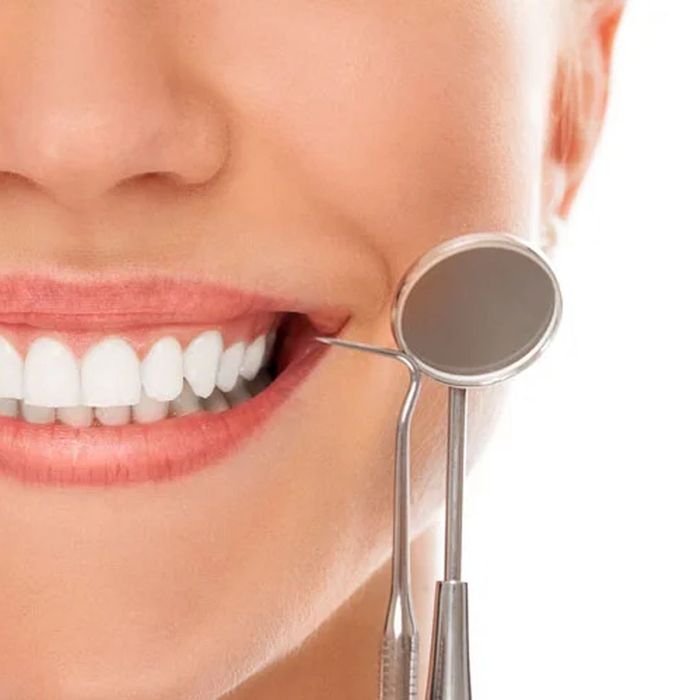
Types of dental crown coatings can generally be classified as porcelain, zirconium, and metal-supported porcelain.
Porcelain crowns provide successful results aesthetically, as well as giving a natural-looking result. Zirconium crowns
are known for their durability and long-lasting properties. Metal-supported porcelain crowns are especially preferred by
patients who have a significant amount of tooth decay.
To make dental crown coatings, planning is made first by considering the patient's mouth structure. After the tooth is prepared appropriately and in accordance with the patient's mouth structure, measurements are taken, and a suitable material is chosen from porcelain, zirconium or metal-supported porcelain materials in the laboratory environment. The prepared coating is then adhered to the tooth that has been prepared, and final checks are made. Dental crown coating application is performed under local anesthesia and is generally a painless procedure.
Dental crown coatings can be applied to people who are aesthetically vulnerable to problems in their teeth, or whose previous fillings or restorations need to be renewed. In addition, people who have damaged teeth due to tooth decay, teeth fractures or tooth loss can also receive dental crown coatings.
The recovery process after dental crown coatings may vary depending on the type of application, but normally there can
be slight pain, swelling and sensitivity within a few days. These symptoms usually start to improve within a few days.
It is important to follow the recommended oral care methods during the recovery process to reduce the risk of infection.
Brushing your teeth, using dental floss and rinse solutions are important to reduce the risk. For the first few days, it
is recommended to avoid hard and sticky foods.



